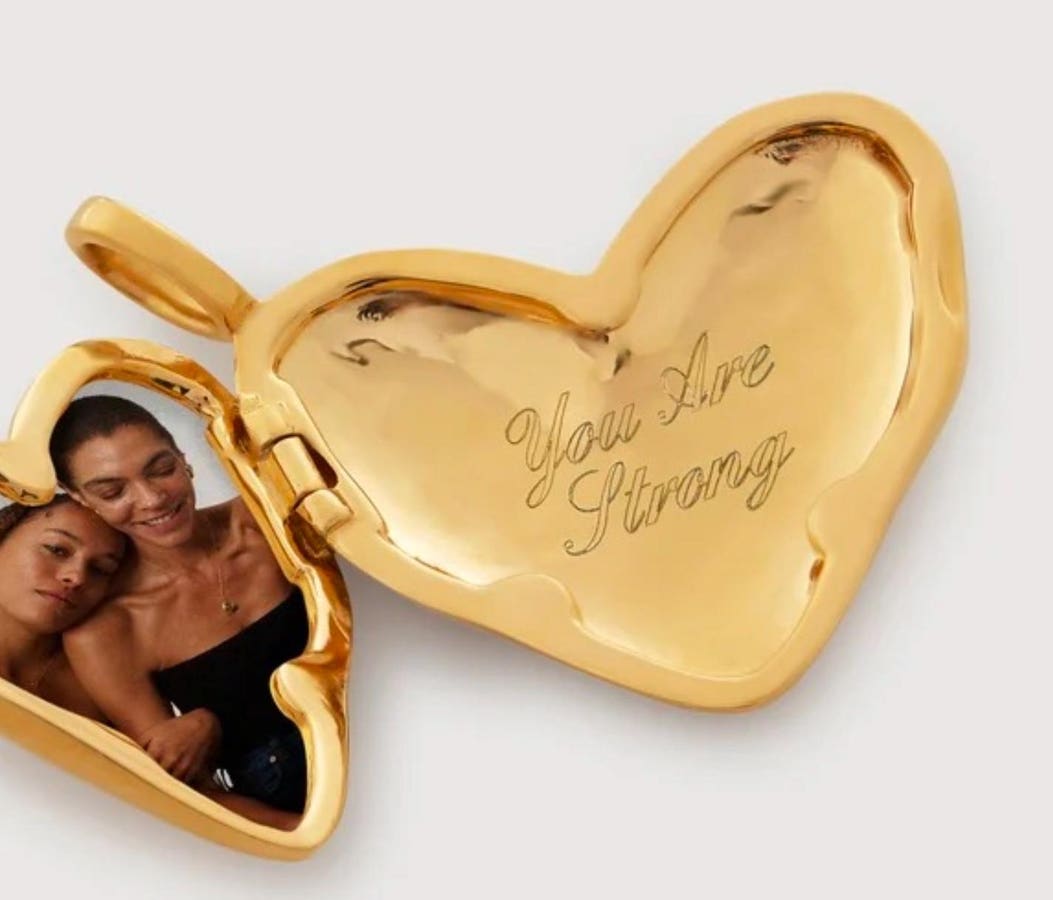Valentine’s Day has long been a staple in the retail calendar, a predictable sales surge built around red roses, chocolates, and candlelit dinners. But consumer spending habits are shifting, and what was once a formulaic celebration of romance has become a broader, more personalised, and experience-driven occasion.
This year, consumers in the UK are expected to spend £1.37 billion on Valentine’s Day, with a marked increase in spending on personalised gifts, experience-led purchases, and self-care treats. Flowers and chocolates still sell but they are no longer the default. Instead, modern consumers are looking for gifts that feel meaningful, thoughtful, and, in many cases, beneficial to their own well-being.
As this evolution continues, brands that understand the emotional drivers behind gifting not just what people buy, but why they buy will be the ones that succeed. So, what’s changed? And what do retailers need to know to keep pace with the modern Valentine’s shopper?
Personalisation Over Tradition
The demand for personalisation is growing across all retail sectors, and Valentine’s Day is no exception. Consumers are moving away from mass-market gifting in favour of items that feel bespoke. Jewellery brands like Monica Vinader have been quick to capitalise, with engraved pieces and custom-made designs driving engagement.
Luxury fragrance brands are offering tailored scent profiles, where buyers can select notes that resonate with the recipient’s personality.
Creed, the historic perfume house, has embraced this shift by offering personalised fragrance bottles, allowing customers to engrave initials, special dates, or personal messages onto their signature scents. This level of customisation elevates the gift from a premium purchase to a deeply personal experience, making it more than just a fragrance it becomes a keepsake. With consumers increasingly drawn to gifts that feel exclusive and tailor-made, Creed’s approach taps into the demand for meaningful luxury, ensuring that the emotional value of the present matches its prestige.
Retailers that can enhance the perceived value of a product through personalisation without adding excessive cost are more likely to convert hesitant shoppers into confident buyers.
The Rise of Experiential Gifting
Consumers are placing greater value on experiences rather than physical gifts, a trend that has been growing for years but is now a dominant force in Valentine’s spending. Research suggests that younger consumers, in particular, would rather spend money on shared experiences than traditional gifts.
Romantic getaways, spa retreats, and fine dining experiences are becoming the go-to choices for couples looking to celebrate, while brands that traditionally sold physical products are pivoting towards experience-led offerings.
Luxury hotels have seen increased interest in Valentines getaway packages, offering couples immersive stays that blend fine dining with exclusive wellness experiences.
Situated in the heart of the Yorkshire Dales, Grantley Hall has long been known as a destination for those seeking something beyond a luxury hotel stay. A blend of historic grandeur and modern indulgence, it has become a go-to for high-end hospitality, offering fine dining, world-class wellness, and an atmosphere that makes indulgence feel justified, rather than excessive.
This year the hotel offers the Bloom Longevity Lab in partnership with Dr. Lubna Khan-Salim, an example of how self-gifting has become a major driver of Valentine’s spending. The beauty experience offers premium treatment in a renowned spa environment focussed on self-care..
Valentine’s Day for One
One of the biggest shifts in Valentine’s spending has been the rise of self-gifting. Consumers are no longer waiting for a partner to buy them what they want, many are taking the opportunity to invest in themselves. This has been fuelled by the popularity of Galentine’s Day (celebrating friendships over romance) and a broader cultural shift towards self-care and personal investment.
The wellness sector has been one of the biggest beneficiaries of this movement. High-end self-care products, wellness retreats, and even solo travel experiences are being marketed as aspirational Valentine’s purchases.
Sustainability and Ethical Gifting
As consumers become increasingly conscious of their environmental impact, the way we give gifts is evolving. The focus has shifted from mass-produced, throwaway presents to thoughtful, experience-driven, and sustainable alternatives. Valentine’s Day, a holiday once synonymous with excessive packaging and fleeting gestures, is now seeing a wave of more intentional gifting where meaning matters as much as the material.
One example of this shift is the rise of sustainable comfort gifts, like the Hug in a Box set from Atlantic Blankets, which combines small indulgences with a low environmental footprint. The recycled wool blanket, ethically sourced chocolate, and natural candle all speak to the idea that luxury doesn’t have to come at a cost to the planet.
Recent research suggests that sustainability is an increasingly important factor in purchasing decisions. A 2023 study by Deloitte found that 32% of UK consumers now choose brands based on their sustainability credentials, while packaging and ethical sourcing are key concerns in the gifting market.
Social Media’s Influence on Valentine’s Spending
Social media has transformed how consumers approach Valentine’s Day, with platforms like TikTok and Instagram setting trends in real-time. Influencer-driven gifting guides, viral product recommendations, and aspirational unboxings have redefined what is considered desirable.
Luxury gifts, limited-edition packaging, and aesthetically curated hampers are all benefiting from this shift.
How To Speak in a Customer’s Love Language
Three key takeaways for businesses:
Move beyond the traditional: The standard flowers-and-chocolates formula isn’t enough anymore. Retailers must embrace personalisation, experience-driven gifting, and the rise of self-care as key spending drivers.
Understand emotional drivers: Consumers want gifts that feel meaningful, whether that’s through value, exclusivity, or sustainability. The emotional connection to a gift matters more than ever.
Leverage presentation and storytelling: Social media has made gifting an aspirational act. Brands that create visually compelling, highly shareable gifting experiences will win consumer attention.
Focussing on authenticity, emotional connection and respect isn’t just for the consumers and their gifting choices, but for businesses leaders to thrive in an ever-challenging marketplace.
Read the full article here





